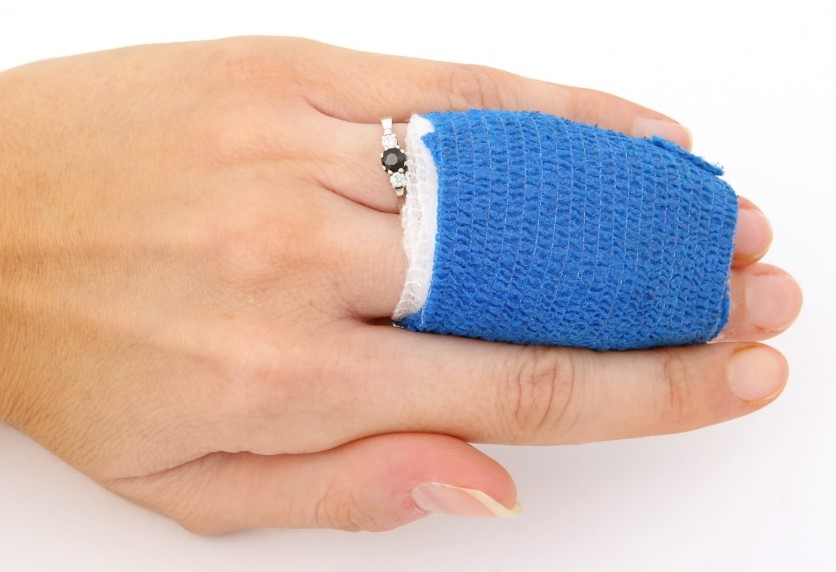Researchers from the University of Waterloo have developed a novel type of wound dressing material using advanced polymers, offering potential improvements in treating burn victims and addressing challenges in cancer treatment and the cosmetic industry.

3D Printed Smart Wound Dressing
The frequent changing of dressings is a painful process for burn victims, and to address this issue, the team at the University of Waterloo created a unique wound dressing material using 3D printing technology and specialized polymers.
This development aims to enhance the healing process for burn patients and potentially revolutionize drug delivery in cancer treatment and cosmetic applications.
Dr. Boxin Zhao, a professor in Waterloo's Department of Chemical Engineering, explained the key features of the new dressing material: "To treat burn victims, we can customize the shape using a 3D printer, secondly, the material has fine-tuned surface adhesion, which is a key feature."
The material exhibits an optimal balance of adhesion to the skin, allowing it to adhere securely and be easily removed without causing further discomfort.
The researchers utilized 3D scanning technology to create customized dressings tailored to individual patients' needs. This personalized approach ensures excellent contact with areas such as the nose and fingers, making it an ideal solution for burn patients requiring specific wound dressings.
Beyond burn treatment, the material also holds promise in cancer therapy. Traditional chemotherapy treatments often require lengthy clinic visits, which can be exhausting for patients.
The smart dressing offers a potential alternative by providing continuous drug release outside the clinic environment, mitigating some of the challenges associated with conventional treatments.
Read Also : Lockheed Martin Partners With 3D Printing Company for Research Expansion of Metal Additive Parts
Sourced from Seaweed
The smart dressings are composed of a combination of biopolymer sourced from seaweed, a polymer that responds to temperature changes, and cellulose nanocrystals. This unique composition enables the dressing to warm upon contact with the skin and gradually return to room temperature.
When refrigerated, the dressing expands, but it conveniently shrinks back to a smaller size at body temperature, making it easier and less painful to remove. Furthermore, the dressing is engineered to deliver medication in a controlled manner, ensuring sustained relief from pain.
Dr. Zhao also envisions applications in the beauty and cosmetic industry, stating, "Cosmetologists can utilize 3D scanning technology to analyze their clients' facial features and customize hydrogel masks infused with specific facial and skin regimen products. Additionally, this innovative approach can benefit plastic surgeons."
While this research represents a proof of concept for the Surface Science and Bio-nanomaterials Laboratory Group at Waterloo, the researchers aim to further refine the material's properties, making it even safer and commercially viable.
With ongoing advancements, this 3D printed smart wound dressing could revolutionize the way burns, cancer, and cosmetic treatments are approached, providing more effective and personalized solutions for patients in need.
The study's findings were published in the Journal of Colloid and Interface Science.
Related Article : Researchers Develop a Novel 3D-Bioprinted Blood Vessels to Cure Cardiovascular Diseases

ⓒ 2025 TECHTIMES.com All rights reserved. Do not reproduce without permission.




